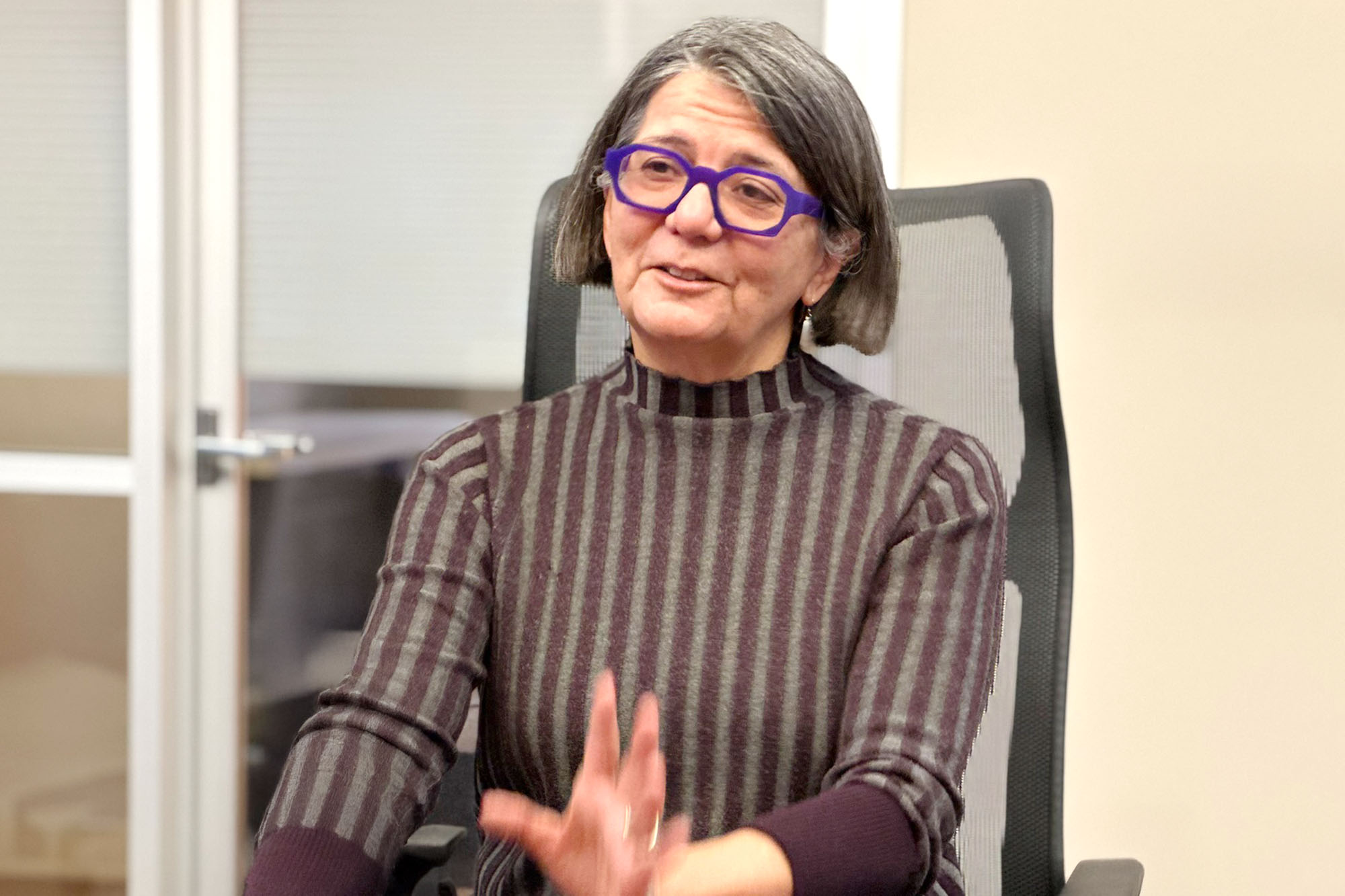Key Takeaways
- California achieved its lowest uninsured rate ever in 2024 through Medi-Cal expansions and Covered California, which were made possible by the Affordable Care Act (ACA). However, millions of Californians, especially those with low incomes and many immigrants, face losing coverage in 2026 and beyond due to changing state and federal policies.
- California’s pre-ACA safety net for uninsured residents offers valuable lessons as policymakers consider how to address new coverage gaps, with some programs like County Medical Services Program and Healthy San Francisco still operational and potentially adaptable.
- Key considerations for addressing the needs of newly uninsured Californians include whether to provide comprehensive or limited benefits, how to share responsibilities between state and counties, whether to standardize services statewide, and how to ensure continuity of care for those transitioning out of Medi-Cal.
After over a decade of expanding coverage and achieving the lowest uninsured rate ever in the state, California now faces the possibility of millions of people losing health care coverage due to state and federal policy changes, especially those with low incomes and those with unsatisfactory immigration status.
State policymakers and leaders from the health care delivery system, including health plans, providers, and counties, may need to rethink and possibly redesign what safety-net health care services look like for people who are uninsured. These will be challenging conversations involving eligibility, benefits, systems of care, and financing.
To inform that dialogue, this paper:
- Provides a concise overview of how California achieved its lowest-ever uninsured rate over the last decade through policy changes like the Affordable Care Act (ACA) and Medi-Cal expansions to Californians regardless of immigration status.
- Describes pre-ACA approaches to providing coverage and health care services to people who were uninsured.
- Raises high-level considerations for policymakers and delivery system leaders and experts that should be part of discussions when planning for if and how the state can provide health care services to newly uninsured Californians, particularly those with lower incomes.
Authors & Contributors
Len Finocchio, DrPH
Independent policy expert, researcher, and consultant





